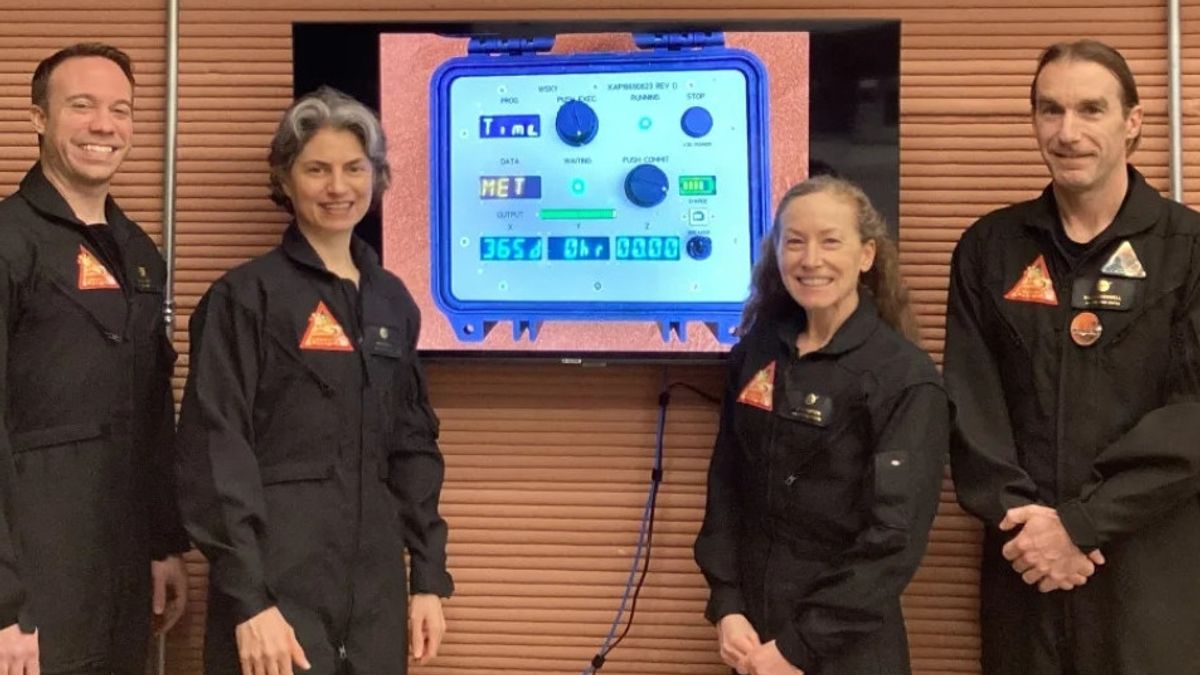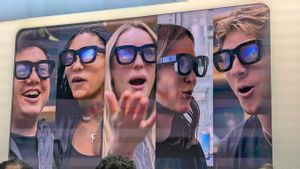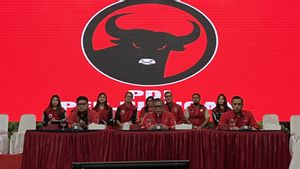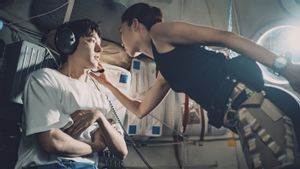JAKARTA Mars habitat simulation missions that have been running for 378 days are finally over. The four volunteers who participated have left the Mars habitat simulation area at the Johnson Space Center on July 6. The four volunteers were Kelly Haston, Anca Selariu, Ross Brockwell, and Nathan Jones. They are willing to join the first Analog Crew Health and Performance Exploration (CHAPEA-1) mission on June 25 last year. For more than a year, Haston and his colleagues stayed in a 3D printed habitat called Mars Dune Alpha. All of the things the four volunteers have done in the 158-meter area will be inputs for NASA planning. The US space agency plans to launch its first manned mission to the Red Planet in the late 2030s or early 2040s. They also took lessons from the Artemis mission to be implemented to the astronaut landing mission on Mars. Haston, one of the participants on Mars Dune Alpha, said that the Mars habitat simulation mission provided many valuable lessons. There are many challenges in it, but also full of joy and sorrow.
SEE ALSO:
"CHAPEA-1 is a unique experience, full of challenges, joy, hard work, and also a bit of fun," Haston said in a live NASA broadcast, quoted from Spacenews. "I am honored to have been on Mars' analog rides for one year." Hoston and the rest of the crew carried out several important tasks during the CHAPEA-1, one of which was Marswalk or walking activities in a Mars-like environment. They also planted and harvested vegetables, and treated a variety of equipment while on Mars. All of these tasks were not done easily because NASA provided various pressures during the mission run, such as poor communication with Earth, isolated in the Martian environment, and limited resources.
The English, Chinese, Japanese, Arabic, and French versions are automatically generated by the AI. So there may still be inaccuracies in translating, please always see Indonesian as our main language. (system supported by DigitalSiber.id)


















